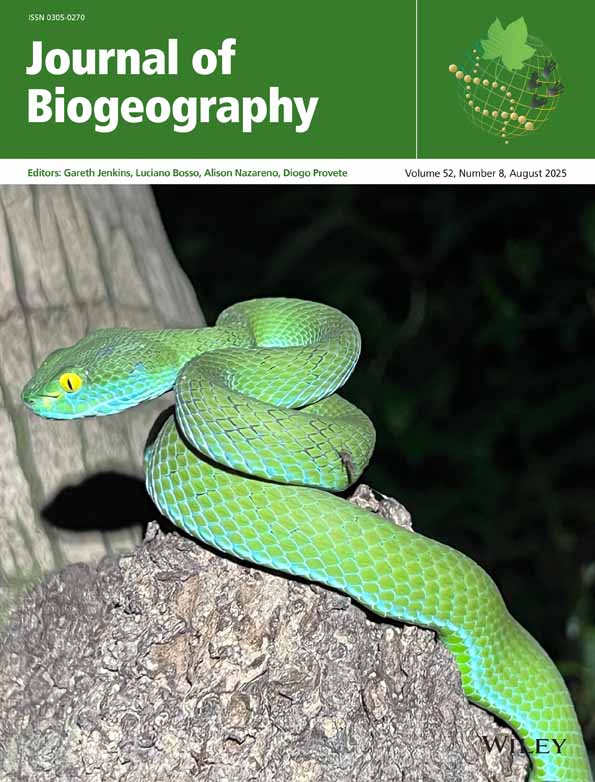Red Panda Phylogenetic Conundrum: Are There Two Distinct Species?
Funding: This work was supported by Department of Science and Technology, Ministry of Science and Technology, India.
ABSTRACT
Aim
The red panda (Ailurus fulgens), an enigmatic and endangered Himalayan species, was recently classified into two phylogenetic species based on samples analyzed from China and Nepal, leaving a substantial distribution gap of red panda across the western side of the Yalu Zangbu River, particularly in India and Bhutan. This study aims to re-evaluate this phylogenetic species classification as proposed by the Chinese researchers, with a focus on the populations flanking the Siang River in the Eastern Himalayas.
Location
Eastern Himalayas, particularly the transboundary region encompassing Arunachal Pradesh, India and areas west of the Yalu Zangbu/Siang River.
Taxon
Ailurus fulgens, Cuvier, 1825 (Ailuridae).
Methods
We analysed mitochondrial (D-loop) and nuclear (microsatellite) data from red pandas sampled on both sides of the Siang River. We also assessed phenotypic variation using field-collected photographs, comparing individuals assigned to the Chinese and Himalayan lineages.
Results
Our analyses revealed a mitochondrial divergence of ~0.3 million years between lineages. However, microsatellite data indicated ongoing gene flow between populations on either side of the Siang River. Furthermore, no clear-cut phenotypic differences were observed in individuals from the contact zones, contrasting earlier reports of diagnostic traits.
Main Conclusions
These findings suggest that the red panda populations exhibit incomplete reproductive isolation and shared morphological traits, supporting their classification at the subspecies level rather than as distinct phylogenetic species. We recommend adopting a subspecies-based conservation strategy to maintain genetic continuity and support comprehensive management across their full distribution range.
Open Research
Data Availability Statement
Authors submitted all the novel haplotypes in NCBI/GenBank under the following accession numbers MT891293-MT891310, and other relevant information is available with the manuscript and Data S1. Detailed data will be made available on request.




